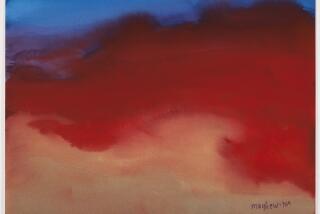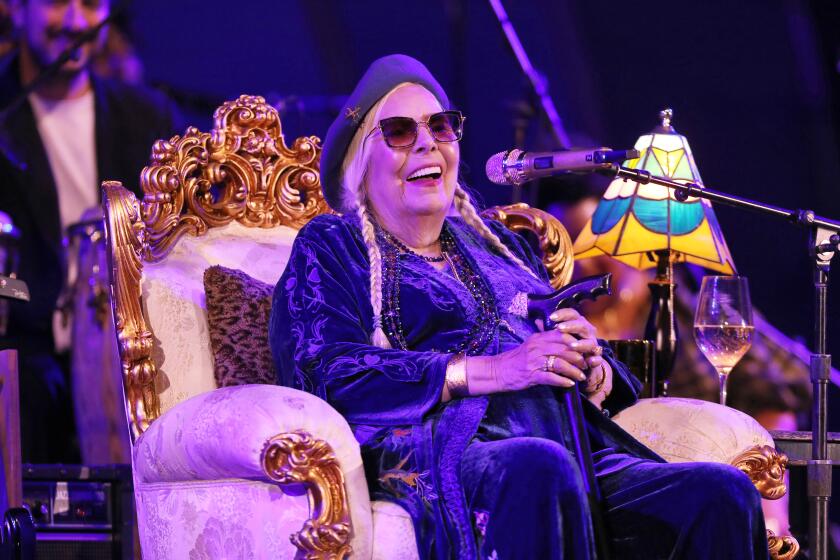Arkestra Elevates the Legacy of Sun Ra
Sun Ra was a jazz transcendentalist, his music shaped by a spiritual belief that reached out into his highly personal vision of the universe. He was also a humorist, a futurist and one of the music world’s most remarkably original, and at times quixotic, characters. Determined to go his own way, he functioned at the outer edges of jazz for most of his career, leading a colorful musical ensemble he called the Arkestra. (Evidence Records has just released five Sun Ra CDs culled from albums originally issued on his own label, Saturn.)
Yet much of Sun Ra’s work has surfaced in the mainstream. His approach to collective ensemble work can be sensed in Sly and the Family Stone as well as the Grateful Dead; his theatrical costuming and science-fiction orientation were sometimes present (including onstage spaceship landings) in George Clinton’s Parliament and Funkadelic; and his fascination with what he viewed as the sounds of outer space (via organ, electric piano, harpsichord and early synthesizers) resonated with a generation of electronic synthesists.
When Sun Ra passed on to another plane in 1993 at the age of 79, his Arkestra--the primary vehicle for his music--continued under the guidance of alto saxophonist Marshall Allen. And on Tuesday night, this most alternative of alternative jazz ensembles showed up, appropriately, at the newest Los Angeles alternative music club, the Knitting Factory Hollywood.
Typically, the musicians entered singing, costumed in science-fiction garb--glittering hats, vests, etc.--with the rhythm section building a surge of percussion before the horns embarked on a journey through a wild array of sounds. Allen’s alto saxophone took the lead, spewing out honks, multiphonics, high harmonics, squeals and flurries.
The pattern was repeated in other numbers, occasionally interspersed with ensemble chanting (“Out there in the stars,” “Space is the place”) and spirited jaunts through the full-house crowd by virtually the entire ensemble.
*
Consistent with Sun Ra’s own programming, the Arkestra occasionally tossed in a few mainstream items. One, a Sun Ra arrangement, was right out of the early ‘30s, reminiscent of Fletcher Henderson; another featured alto saxophonist Noel Scott in a boppish rendering of “East of the Sun”; and a third was a slow, grinding blues.
The free-floating approach to pitch that was a workable aspect of the more freely improvised numbers was less effective, however, in the straight-ahead pieces--disturbingly so, at times.
But Sun Ra was less about precision and fine tuning than he was about generating a circular flow of collective sound that he believed could lift the music into space. And this latest installment of the Arkestra seemed determined to levitate into the same orbit.
More to Read
The biggest entertainment stories
Get our big stories about Hollywood, film, television, music, arts, culture and more right in your inbox as soon as they publish.
You may occasionally receive promotional content from the Los Angeles Times.










